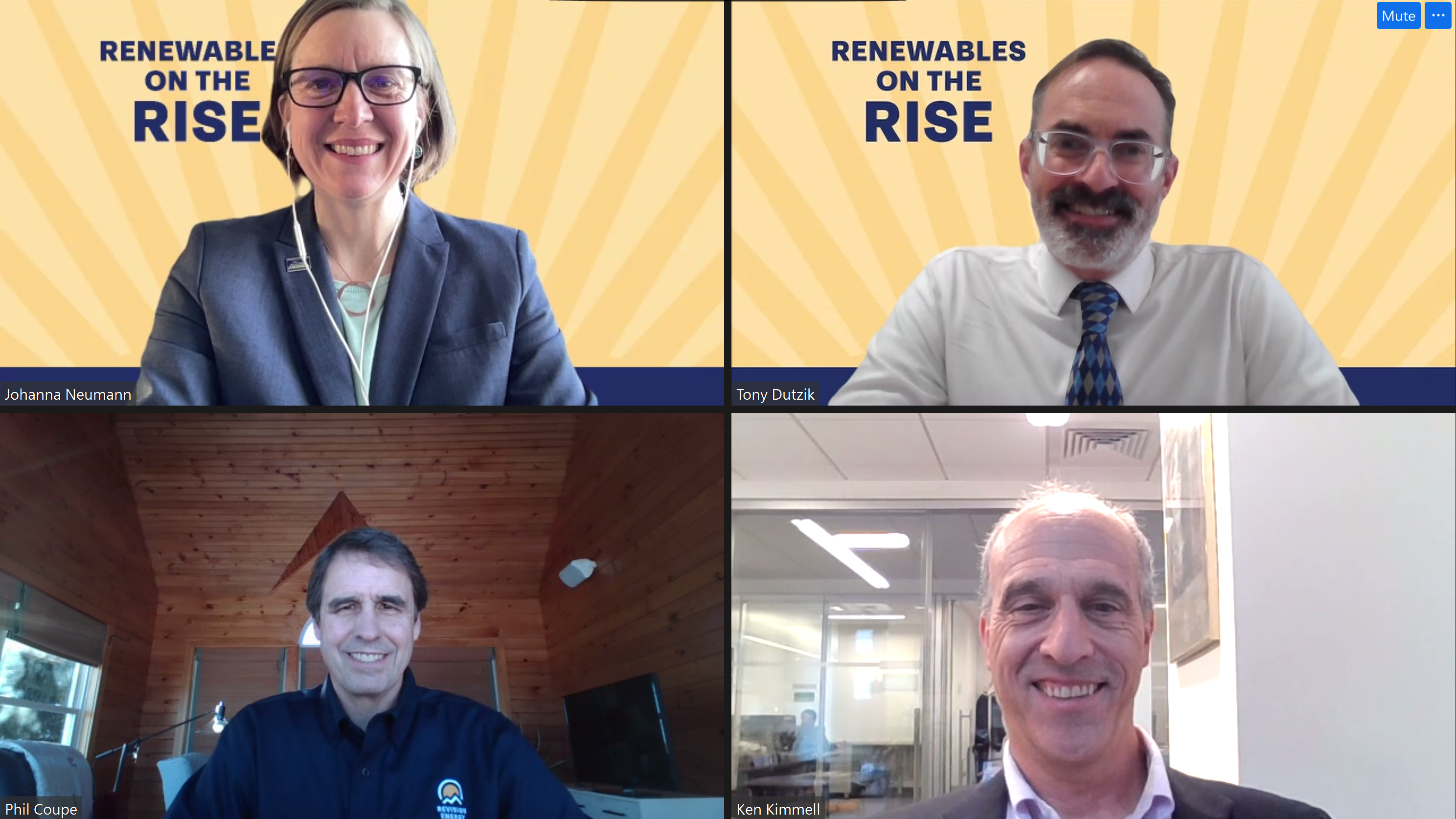Puerto Rico Strong
What a nation battered by climate impacts can learn from the island’s hurricane recovery
To many of us, 2017 feels like a lifetime ago given the number of notable events since then. However, in Puerto Rico, remnants of 2017 still affect day to day life. Category 5 Hurricane Maria devastated the island territory three year ago, blacking out the entire grid, and the recovery and rebuilding process is still underway. While rebuilding, Puerto Ricans are aware their work may be for naught; climate change has heated water in the south Atlantic, fueling larger and stronger storms that increase the risk to their island.
After three years of planning with an eye toward the future, leaders in Puerto Rico have come up with a way to build back strong. One key aspect of their plan is making the island’s electricity supply more resilient and reliable by integrating solar energy, supported by battery storage, into microgrids.
Microgrids can supply power locally, protecting residents from losing power when a storm downs wires miles away. Microgrids backed up by batteries can even provide backup power to keep the lights on in the midst of a disaster. Then, when the inevitable storm that we have yet to name comes along, the island will be better prepared to deal with it.
Hurricanes aren’t the only reason to think about emergency power planning. This year, we’ve seen larger and more widespread wildfires in the West than ever before, along with rolling blackouts as utilities scramble to deal with burnt infrastructure and prevent utility lines from sparking additional fires. Unfortunately, climate change is likely to make wildfires stronger and more frequent, so, like in Puerto Rico, utilities need to explore new infrastructure to mitigate potential dangers.
In California, utilities planners have a model solution all around them — homes, businesses and schools with solar panels on their roofs and storage batteries inside. Even in tough conditions that disable the grid — for example, if a wildfire downs wires and inverter stations in the town next door — people with this set-up can keep their power on. Taking it a step further, if a whole community has solar and batteries, neighbors can share that power. This means if the town gets disconnected from the grid because of fires two ridges over, the solar panels and batteries on the high school can help make sure the fire station retains power and the hospital doesn’t need to engage its emergency generators to keep patients safe.
With fires in the west, and the Greek alphabet hurricanes in the east (we had so many hurricanes we ran out of names!), it’s clear that we are facing the effects of climate change now. We need to do everything we can to prevent global warming and we know that fossil fuel emissions are the biggest culprit. By switching to solar and batteries, we can slash that air pollution in a way that makes our communities stronger in the face of disasters. Puerto Rico has been setting an example of how to do that. Now, states around the country are following suit. While the trend is encouraging, we’ll need more ambitious restructuring of policy to encourage coupling solar with storage and creating community microgrids. Powering our society with 100 percent renewable energy is one of the best ways we can have a cleaner, healthier, more resilient future.
Topics
Authors
Ben Sonnega
Find Out More

Efficient water heaters will cut pollution, save money, save lives

How can Massachusetts get more rooftop solar with less red tape?

What kind of planet protector are you?


